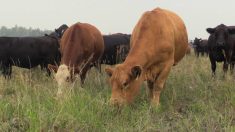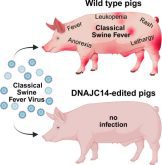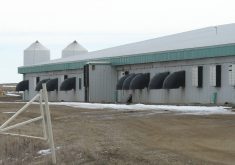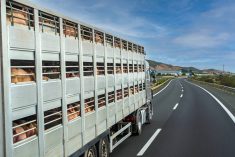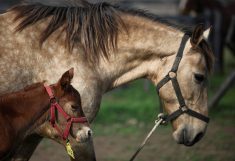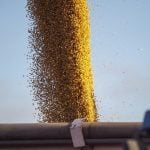To a pig, heat is about more than air temperature. Unfortunately, many hog producers don’t realize that.
“We have to think about all the other surfaces in the barn that the pig can be in contact with for conduction, or just exposed to,” said North Carolina State University swine specialist Suzanne Leonard.
For instance, barns might need to be warmed well before pigs are brought in.
Read Also
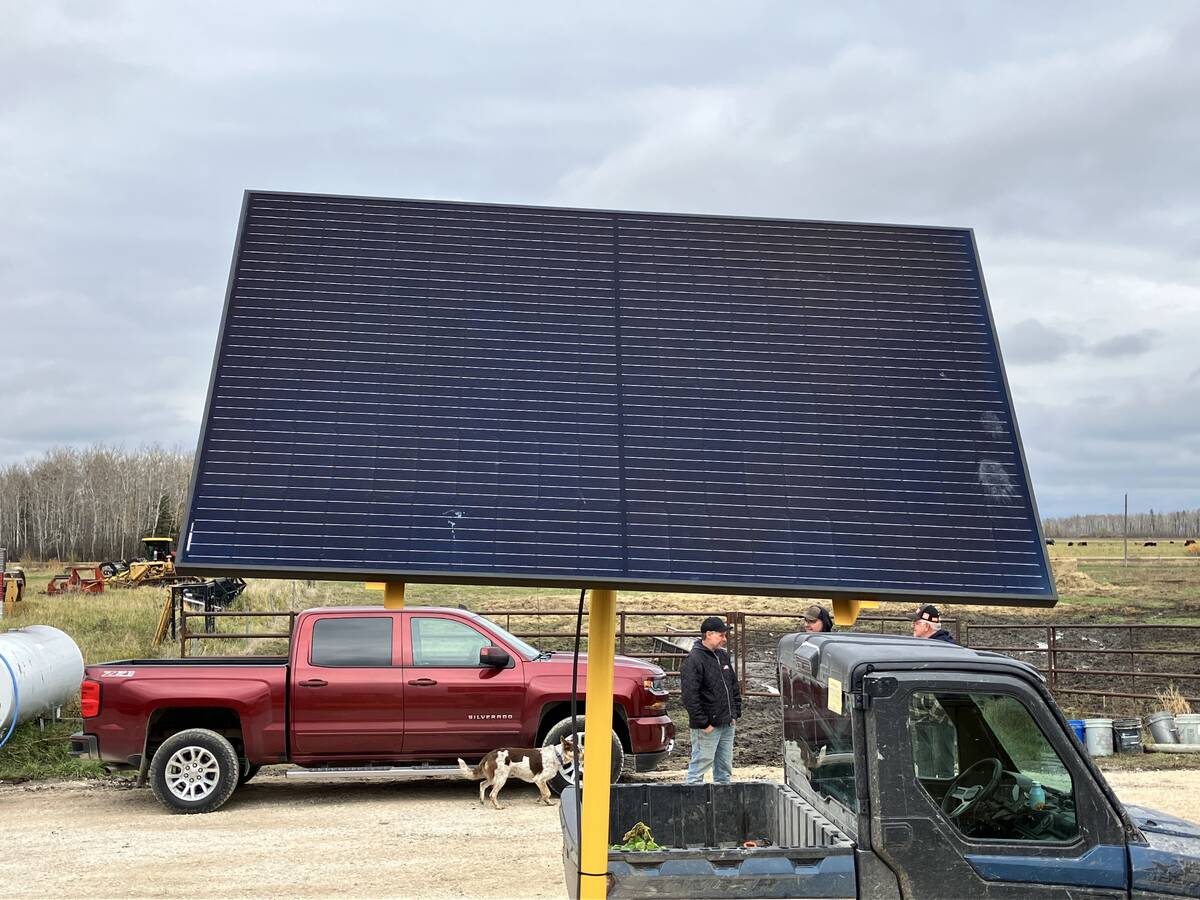
VIDEO: Watering system a cattle health win
Portable livestock watering system helps Manitoba beef producer combat foot rot cases on pasture.
“If you’re going into your facilities an hour or two before the truck arrives, it’s not going to be enough,” said Leonard.
Concrete surfaces like slats can take four to 14 hours to warm up to the proper temperature.
Leonard, who spoke at the Manitoba Swine Seminar earlier this year, said pigs can be affected by various floors, walls, drafts from windows and variations in airflow.
An air temperature gauge won’t register the impact of a cold concrete floor or heat radiating off walls and windows, she noted. That can lead to pigs either eating too much to stay warm or going off feed because they’re too hot, all while the thermometer reports that everything within the barn is fine.
Leonard said producers sometimes don’t realize how long it takes to get the barn’s ambient temperature to the right level. Air can be heated or cooled quickly, but solids take longer to equalize.
“Don’t get too attached to a number,” cautioned Leonard.
Instead, observe the pigs for symptoms of temperature extremes.
“We want them to be sort of lying like sausage links,” she said about resting pigs.
Side by side and about a pig-and-a-half deep is a happy situation for most pigs, which are social animals. If they’re spread out too widely, not touching each other, they’re likely too hot. If they’re piled three deep, they’re probably too cold.
Beyond temperature, airflow and quality are important for hog production. Poor air can cause a number of problems.
High humidity can be a health threat for both humans and pigs and can degrade barn structure. Dust is similarly threatening for people and pigs. Gases such as ammonia can also build up and become a health risk.




